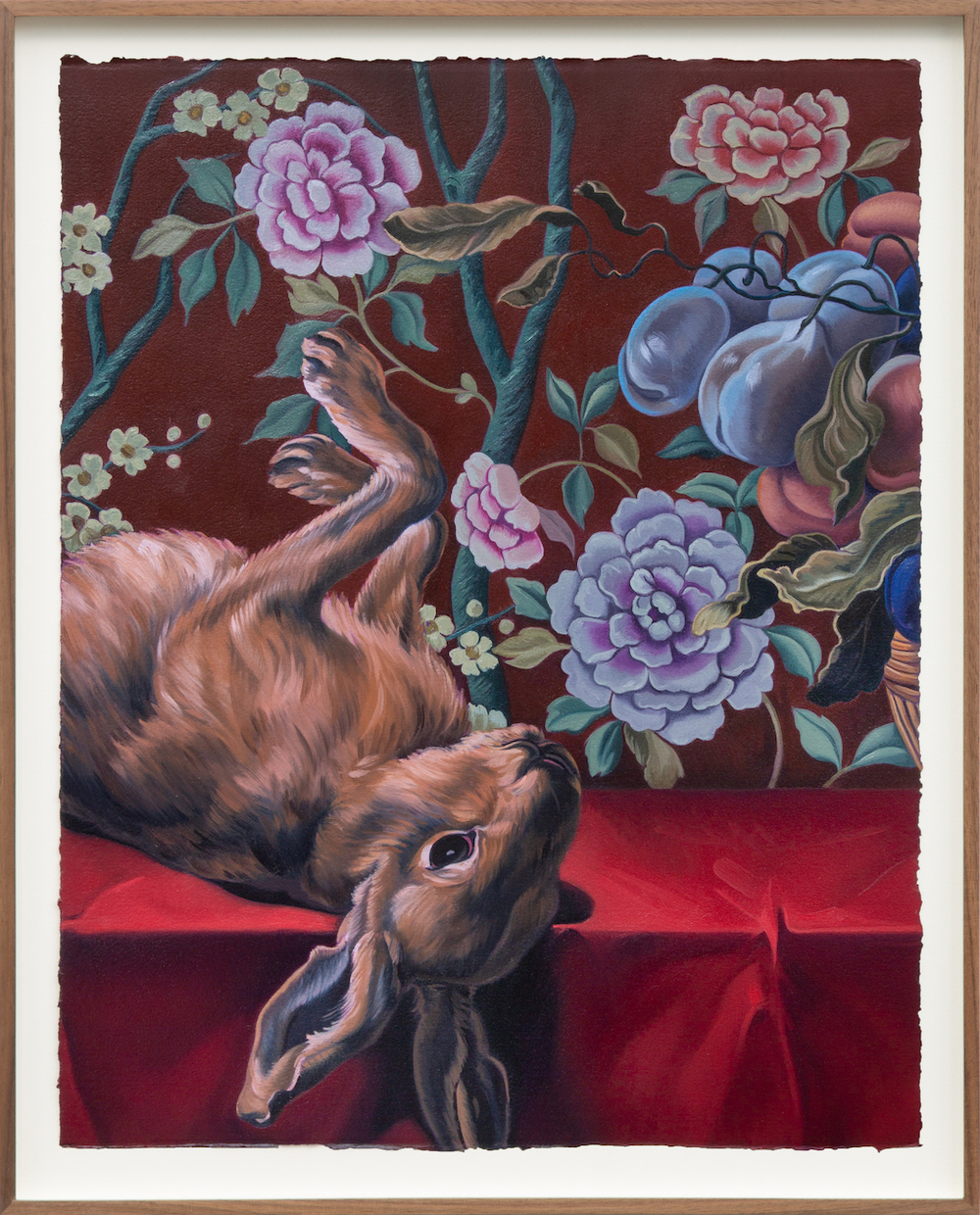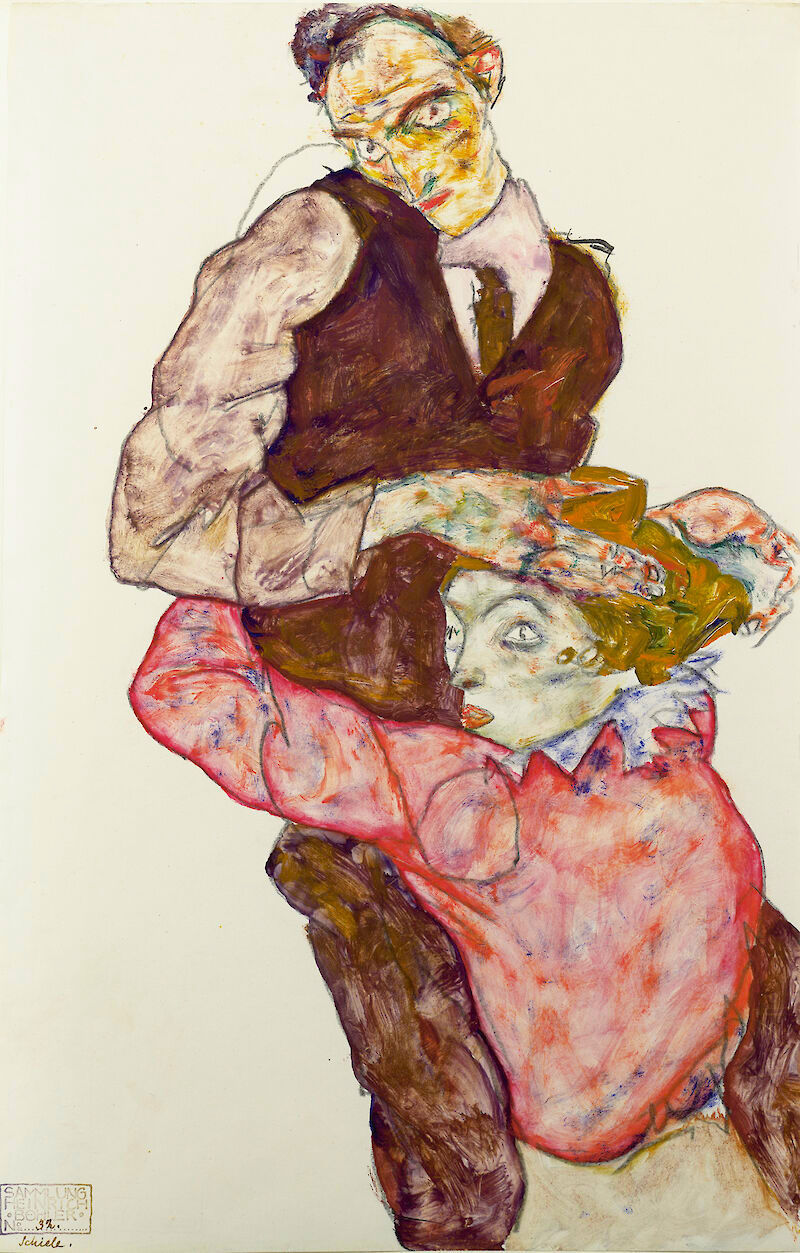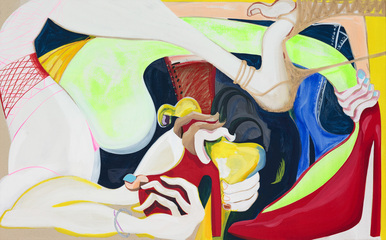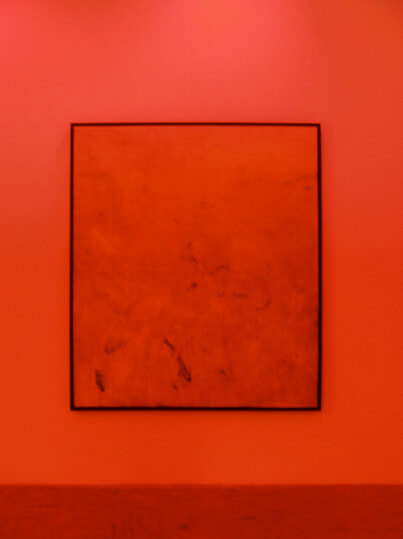Maroon is unmoored, untethered, unhinged and completely undone by the weight of isolation, marooned as she is on an unnamed island somewhere in the South Pacific. Alone, she communes with phantoms that include the likes of Oscar Wilde, Salome, Kierkegaard and of course the ever-elusive, but charming Amelia Earhart, with whom she eats Dungeness crabs every other Sunday by the seaside. Amelia, having gone missing for 84 years and some change on the same unknown island, has some experience with the “Castaway Syndrome,” and has proven to be a terrific friend and ally, often sharing her coconuts.
Yet, despite this hospitality, Maroon is strangely inconsolable, forever looking for other like-minded colors like Sangria, Burnt Sienna and Chili Pepper Red with whom she might share her sadness. It isn’t so much the loneliness that confounds her, but the lack of representation as the island is small and largely dominated by various shades of green and blue. And let’s not forget the ubiquitous sun, nearly unforgiving in its radiance. So much yellow can drive a girl mad! Maroon searches the island for some sign of herself, some likeness beneath the rocks, a brief swell of red algae or florideae in the tides, but every time she is disappointed.
Maroon longs for the city with its flashing neon lights and the smell of burning rubber. She misses the nightclubs with exotic names like The Red Iguana, Hot Coals and The Fiery Furnace—and finally devises a way to get back there. After all, Maroon could only stay marooned for so long, having finally decided to build her own boat to sail back to civilization and the wonders of the modern world. It’s a small and agile craft made from the wood of the Black Cherry tree and the flowering Dogwood, both of which, when saturated with water, turn red.






